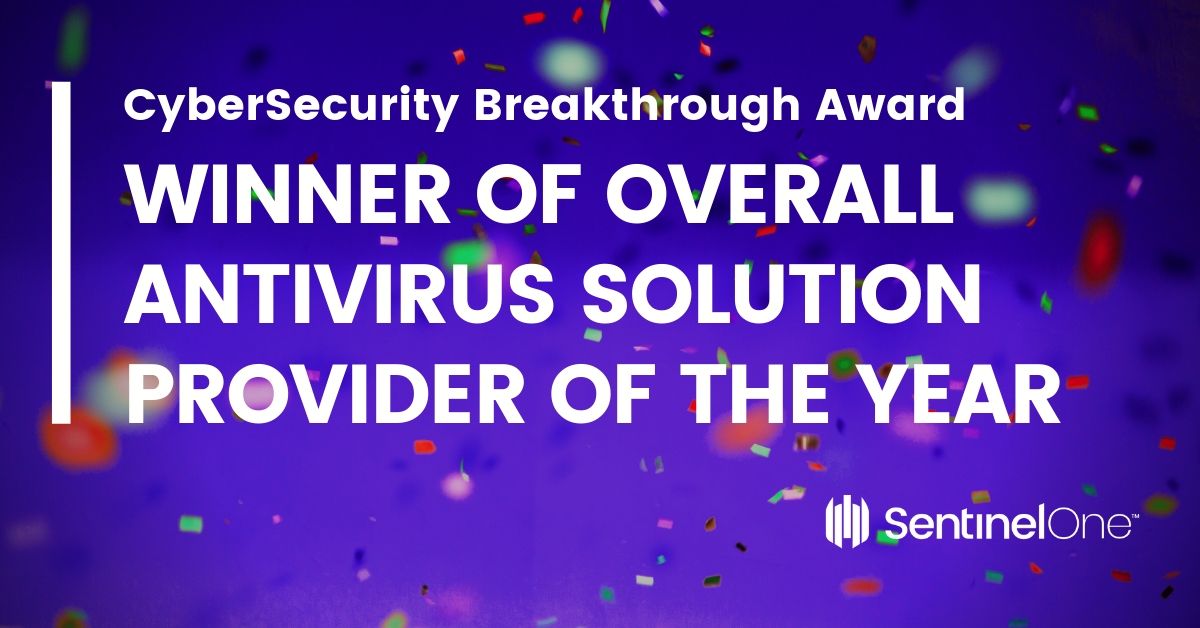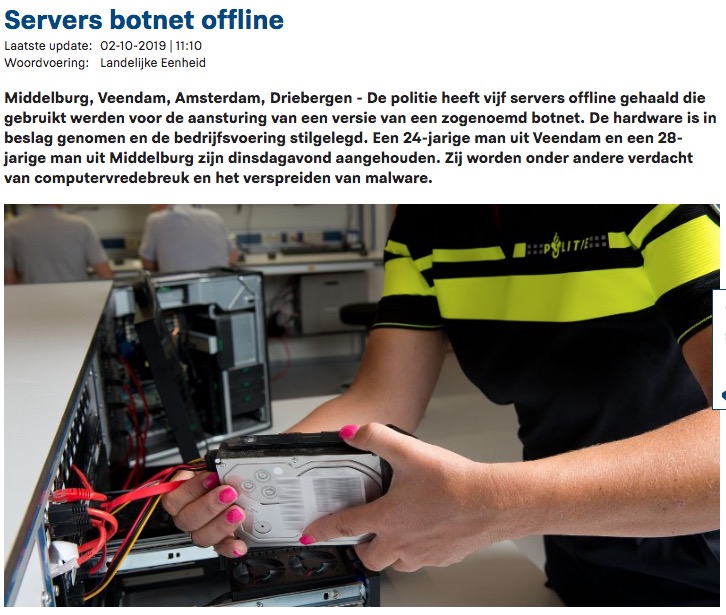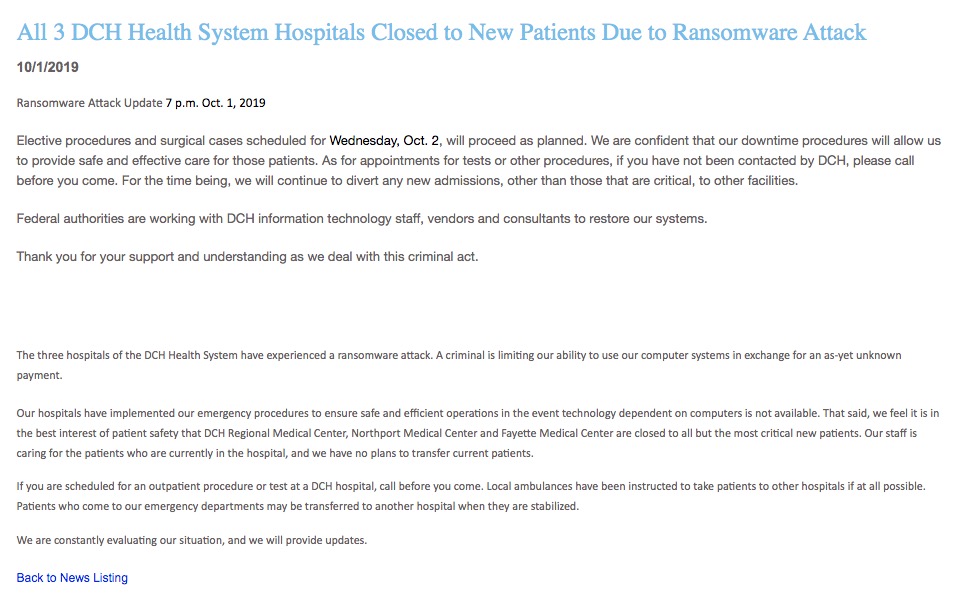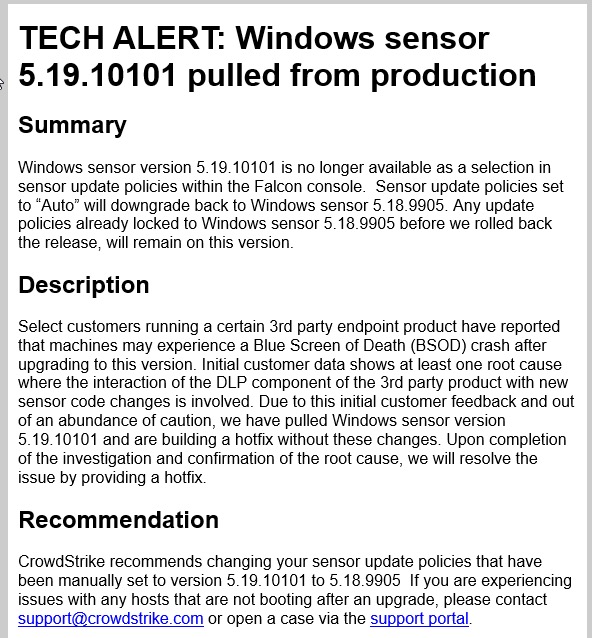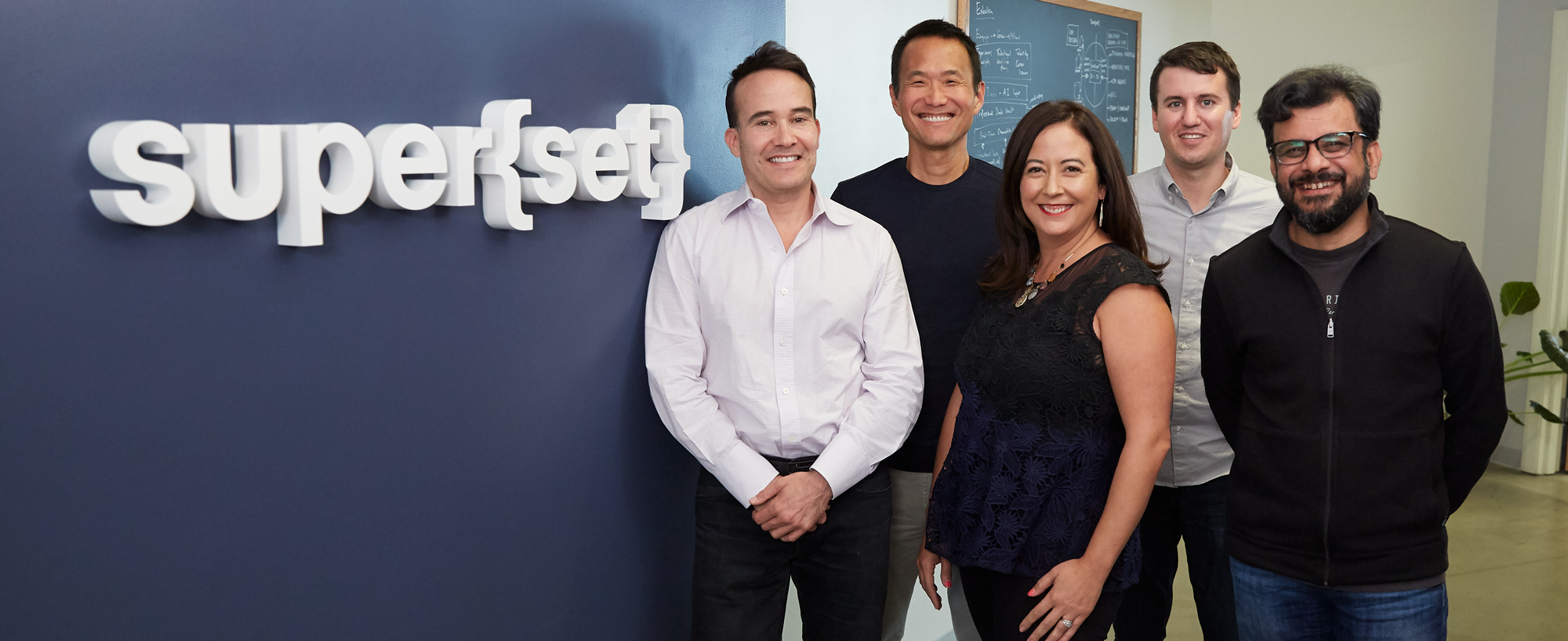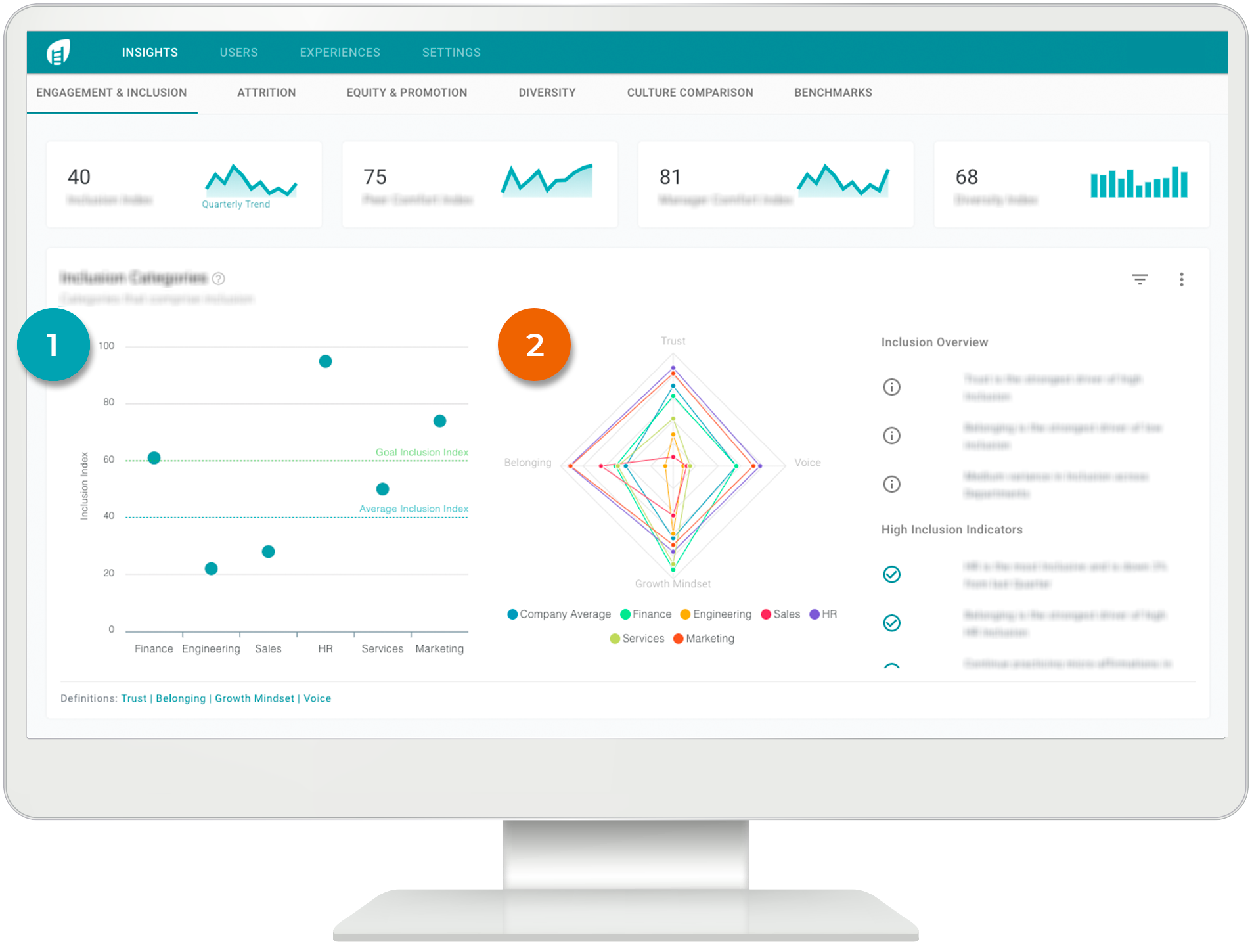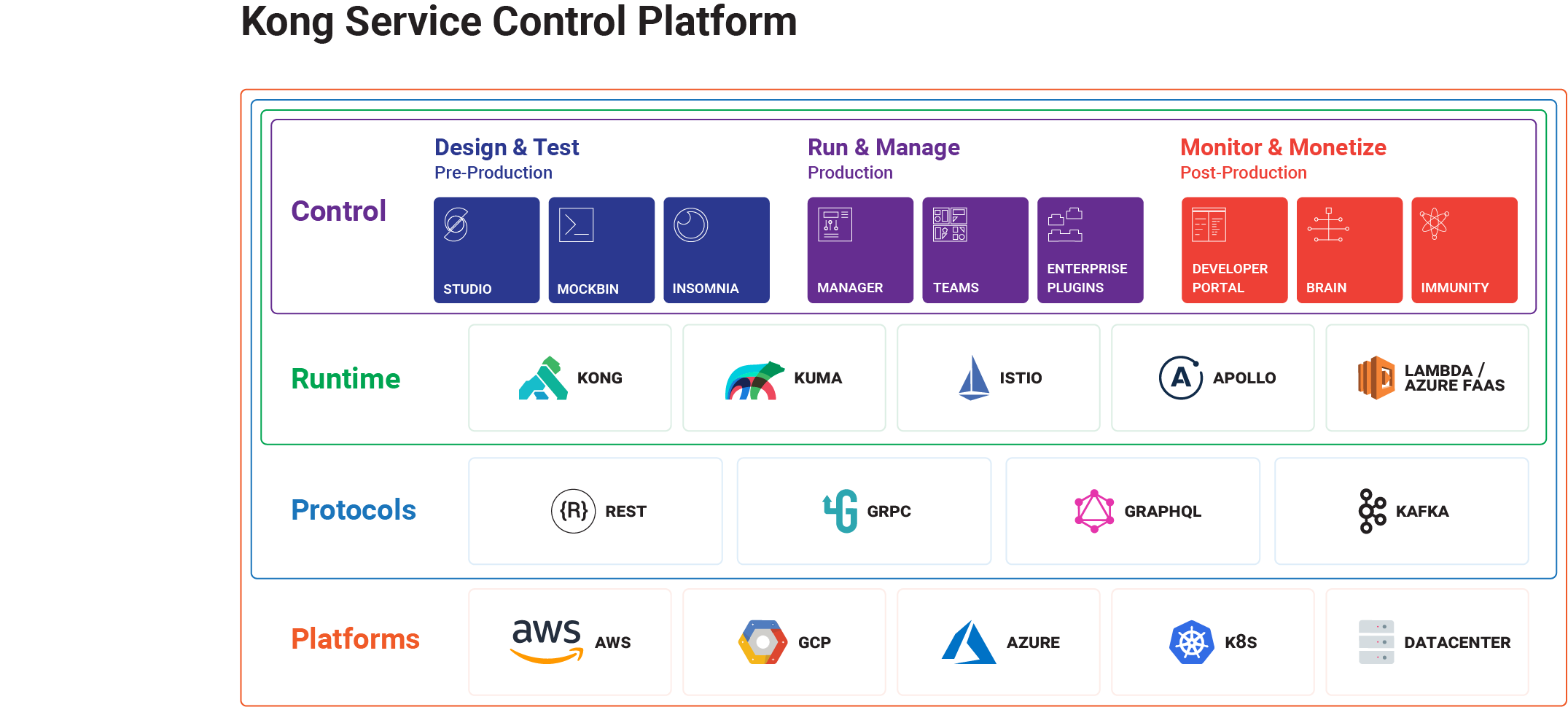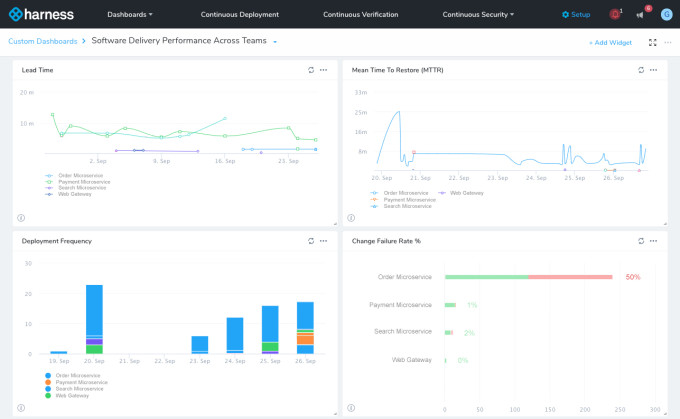83North closes $300M fifth fund focused on Europe, Israel
83North has closed its fifth fund, completing an oversubscribed $300 million raise and bringing its total capital under management to $1.1BN+.
The VC firm, which spun out from Silicon Valley giant Greylock Partners in 2015 — and invests in startups in Europe and Israel, out of offices in London and Tel Aviv — last closed a $250M fourth fund back in 2017.
It invests in early and growth stage startups in consumer and enterprise sectors across a broad range of tech areas including fintech, data centre & cloud, enterprise software and marketplaces.
General partner Laurel Bowden, who leads the fund, says the latest close represents investment business as usual, with also no notable changes to the mix of LPs investing for this fifth close.
“As a fund we’re really focused on keeping our fund size down. We think that for just the investment opportunity in Europe and Israel… these are good sized funds to raise and then return and make good multiples on,” she tells TechCrunch. “If you go back in the history of our fundraising we’re always somewhere between $200M-$300M. And that’s the size we like to keep.”
“Of course we do think there’s great opportunities in Europe and Israel but not significantly different than we’ve thought over the last 15 years or so,” she adds.
83North has made around 70 investments to date — which means its five partners are usually making just one investment apiece per year.
The fund typically invests around $1M at the seed level; between $4M-$8M at the Series A level and up to $20M for Series B, with Bowden saying around a quarter of its investments go into seed (primarily into startups out of Israel); ~40% into Series A; and ~30% Series B.
“It’s somewhat evenly mixed between seed, Series A, Series B — but Series A is probably bigger than everything,” she adds.
It invests roughly half and half in its two regions of focus.
The firm has had 15 exits of portfolio companies (three of which it claims as unicorns). Recent multi-billion dollar exits for Bowden are: Just Eat, Hybris (acquired by SAP), iZettle (acquired by PayPal) and Qlik.
While 83North has a pretty broad investment canvas, it’s open to new areas — moving into IoT (with recent investments in Wiliot and VDOO), and also taking what it couches as a “growing interest” in healthtech and vertical SaaS.
“Some of my colleagues… are looking at areas like lidar, in-vehicle automation, looking at some of the drone technologies, looking at some even healthtech AI,” says Bowden. “We’ve looked at a couple of those in Europe as well. I’ve looked, actually, at some healthtech AI. I haven’t done anything but looked.
“And also all things related to data. Of course the market evolves and the technology evolves but we’ve done things related to BI to process automation through to just management of data ops, management of data. We always look at that area. And think we’ll carry on for a number of years. ”
“In venture you have to expand,” she adds. “You can’t just stay investing in exactly the same things but it’s more small additional add-ons as the market evolves, as opposed to fundamental shifts of investment thesis.”
Discussing startup valuations, Bowden says European startups are not insulated from wider investment dynamics that have been pushing startup valuations higher — and even, arguably, warping the market — as a consequence of more capital being raised generally (not only at the end of the pipe).
“Definitely valuations are getting pushed up,” she says. “Definitely things are getting more competitive but that comes back to exactly why we’re focused on raising smaller funds. Because we just think then we have less pressure to invest if we feel that valuations have got too high or there’s just a level… where startups just feel the inclination to raise way more money than they probably need — and that’s a big reason why we like to keep our fund size relatively small.”
![]()

